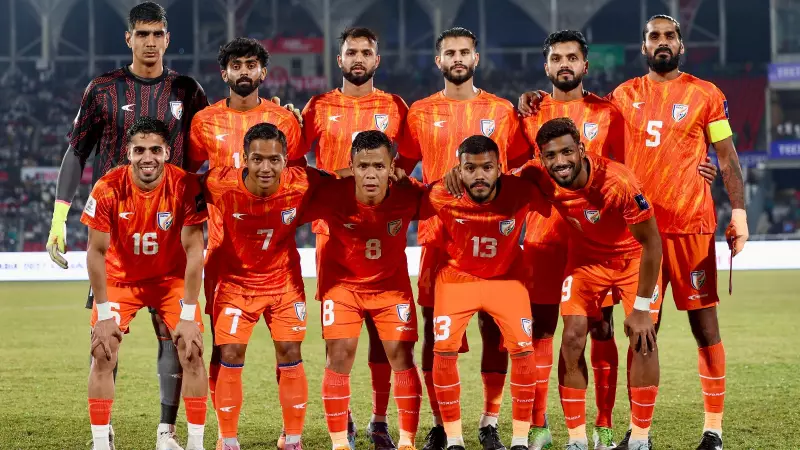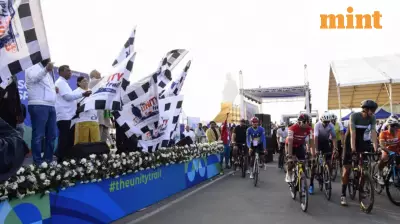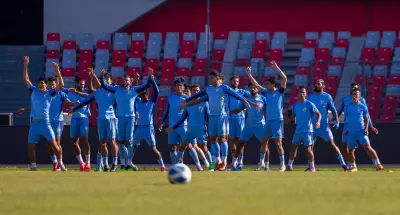
The state of Indian football in 2025 can be summed up by one devastating statistic: the Supreme Court has held more hearings concerning the sport—16 times and counting—than the men's national team has played matches, which stands at a mere 12 games. This stark contrast highlights a sport in complete freefall, crippled by administrative chaos, a fierce power struggle for control of the top division, and a national team left to suffer the consequences on the field.
Administrative Chaos and Financial Mismanagement
The core of the crisis lies with the All India Football Federation (AIFF). For 15 years, the federation enjoyed a comfortable, guaranteed annual payment of Rs 50 crore from its agreement with Football Sports Development Limited (FSDL), a Reliance Industries subsidiary. This agreement is set to expire on December 8, 2025.
In its new proposal to potential investors, the AIFF demanded a guaranteed payment of Rs 37.5 crore per year, which effectively values all its other assets, including the national teams, at just Rs 12.5 crore. This demand has been met with resistance from investors who are unwilling to shoulder all the financial risk while the federation takes a fixed fee. The FSDL's own renewal offer proposed giving the AIFF a 14 percent equity stake but eliminated the fixed annual payout, a move intended to force the federation to actively work on revenue generation.
A senior sports executive bluntly attributed the current mess to the AIFF's 'laziness,' a result of over a decade of relying on easy money.
A National Team in Disgrace
While administrators battled in boardrooms and courtrooms, the national team's performance hit a new low. On Tuesday, November 21, 2025, the Indian team suffered an embarrassing loss to Bangladesh, its first defeat against them in 22 years. The team's lethargic and disjointed performance under head coach Khalid Jamil was widely criticized.
The timing of this humiliation was particularly bitter, as it coincided with nations like Haiti and Curaçao achieving historic World Cup qualifications, underscoring India's stagnation and regression on the global football stage.
The Stalled League System and Club Crisis
Another major point of contention is the long-delayed implementation of a proper promotion and relegation system for the Indian Super League (ISL). As per the roadmap agreed upon with the Asian Football Confederation, this system was supposed to be in place in 2025.
However, ISL franchises have resisted this move, arguing that they already lose Rs 25 to 30 crore annually and fear that relegation would test their owners' patience and financial commitment. This resistance threatens the entire football ecosystem, denying smaller clubs a fair chance to rise and potentially leading to the demise of historic clubs like Dempo and Shillong Lajong.
Expectations from Indian football's players and administrators were already low, but the current situation is abysmal even by those diminished standards. The loss to Guam a decade ago felt like rock bottom, but the crisis of 2025 feels even more profound, with no clear indication that the freefall has ended.





